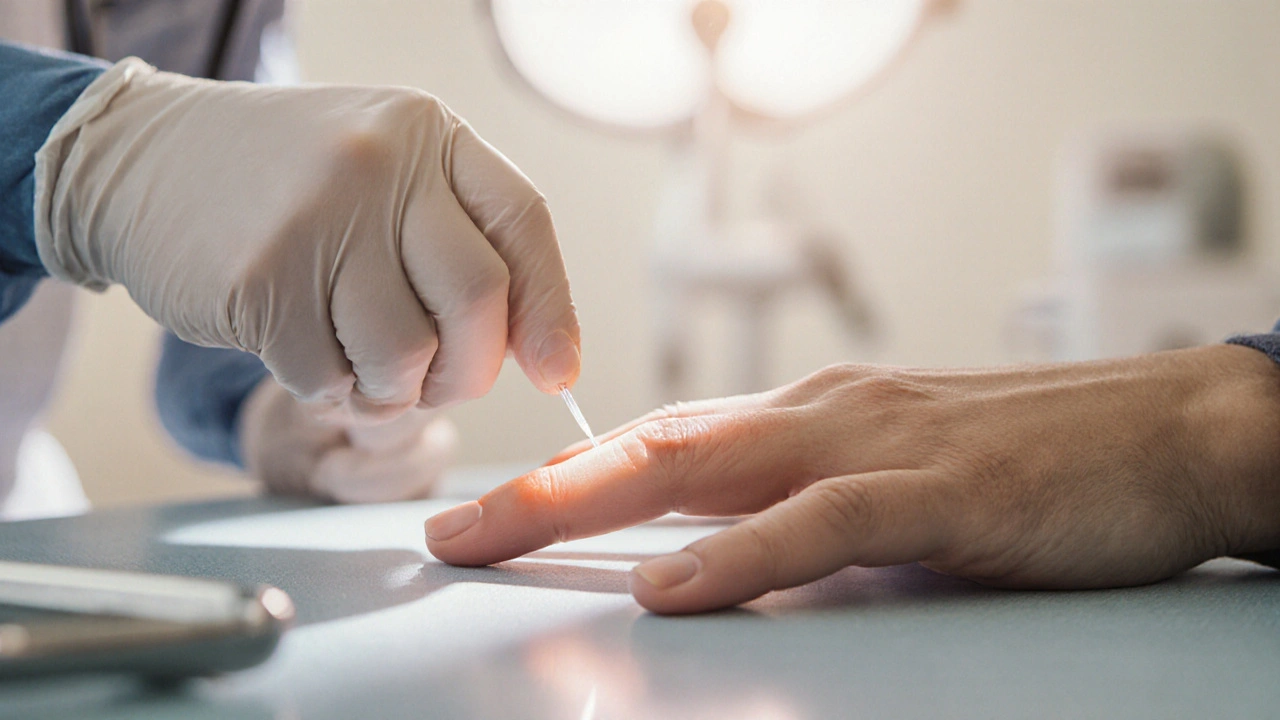When working with leprosy rehabilitation, the coordinated effort to help people affected by leprosy regain physical function, manage long‑term symptoms, and rebuild social confidence. Also known as post‑leprosy care, it blends medication, therapy, and community support. The goal of leprosy rehabilitation is to turn a chronic infection into a manageable condition so patients can live normally again. This process encompasses physical therapy, requires multidisciplinary teamwork, and is influenced by social attitudes toward the disease.
The first piece of the puzzle is the disease itself. Leprosy, a chronic infection caused by Mycobacterium leprae that mainly attacks skin and peripheral nerves can leave patients with nerve pain, muscle weakness, and visible skin lesions. Stopping the bacteria is essential, so multidrug therapy (MDT), a WHO‑endorsed combination of antibiotics that clears the infection and prevents resistance is the medical backbone of any rehabilitation plan. Once the infection is under control, the focus shifts to repairing the damage. Physiotherapy, targeted exercises and manual techniques that improve muscle strength, joint range of motion, and balance tackles stiffness and muscle loss caused by nerve damage. Occupational therapy steps in to teach adaptive ways to perform daily tasks, while psychosocial counseling addresses the stigma that often follows a leprosy diagnosis. Together these elements create a holistic pathway: MDT stops the disease, physiotherapy restores movement, and psychosocial support rebuilds confidence.
Stigma is a hidden barrier that can derail even the best medical plan. Communities that view leprosy with fear may isolate patients, limiting their access to therapy and employment. Rehabilitation programs therefore require community education and peer‑support groups to change attitudes. When families and neighbors understand that leprosy is curable and that rehabilitation can bring patients back to work, the entire recovery timeline shortens. Practical tools—like custom orthotics for foot deformities, splints for hand contractures, and low‑cost skin care routines—are paired with education on self‑care. The result is a patient who not only heals physically but also regains a place in society. Below you’ll find a curated collection of articles that dive deeper into medication options, therapy techniques, and real‑world tips for managing life after leprosy.
